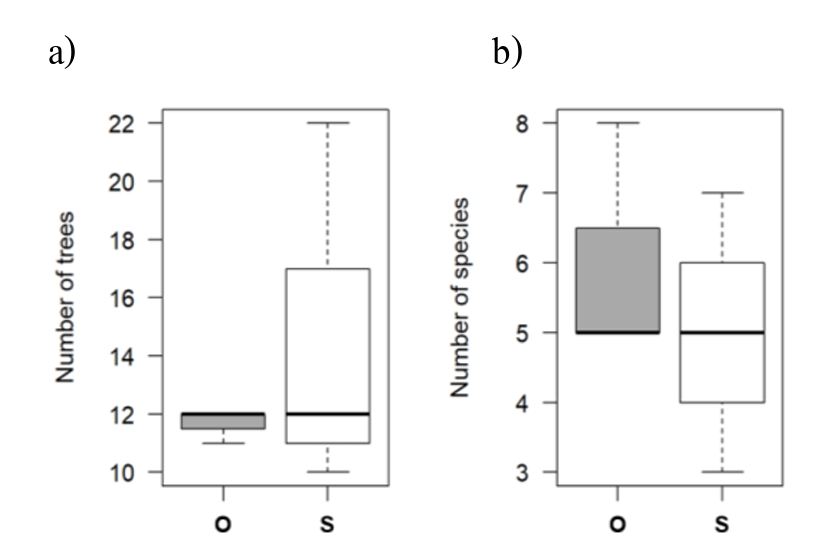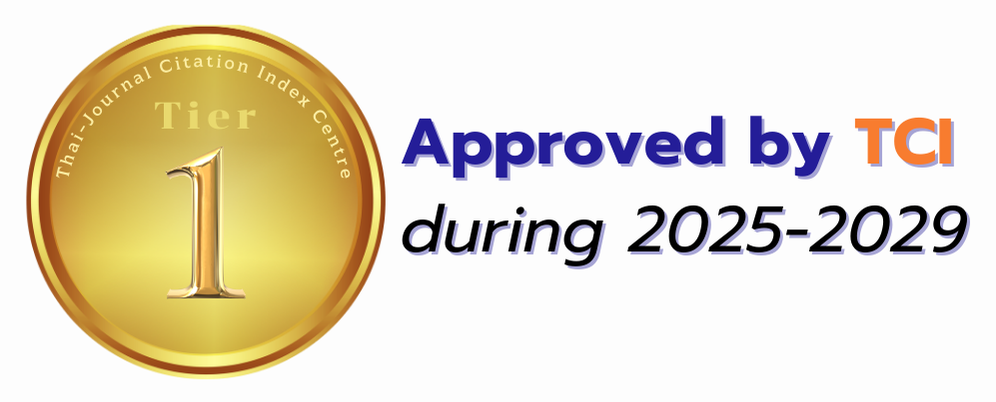Comparative of Plant Community and Functional Compositions of Old-growth and Secondary Forest in Sakaerat Environment Research Station, Nakhon Ratchasima Province
Keywords:
Dry Dipterocarp forest, Functional traits, Old-growth forest, Plant community, Secondary forestAbstract
In tropical regions, approximately half of the forest has already been degraded due to conversion into agricultural farmlands. The area of secondary forests after such disturbances have been increasing. The disturbances such as logging or land-use change can change microenvironmental which influences on the ecosystem functions. To detect how changing in plant community and functional traits during the succession, we investigated tree basal area, living biomass and five of functional traits (leaf thickness, leaf toughness, wood density, leaf area and leaf mass per area) in Dry Dipterocarp Forest (DDF) in old-growth (O) and Secondary forest (S). Our results indicate that there were significantly difference in basal area and biomass of tree in O and S sites, it was higher in O site than S site. Moreover, all of CWM of traits, was not significantly not significantly different between the sites. Due to the disturbance, plant in DDF forest were not affected by microclimates altering even tree basal and biomass were affected. Our results indicated that secondary forest regenerating after 30 years on disturbed area can be affecting restored the DDF community by representing of functional traits similar to old-growth forest.
Downloads



.png)





